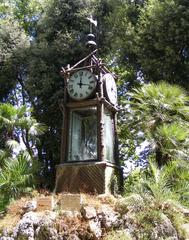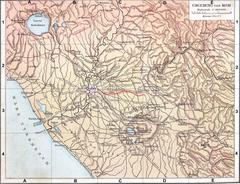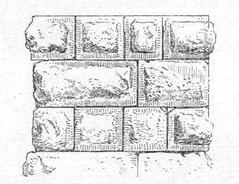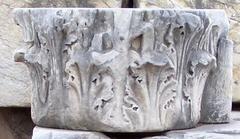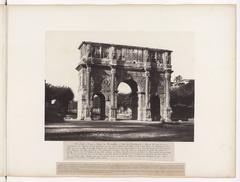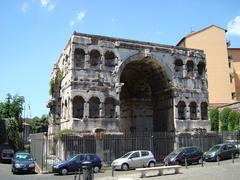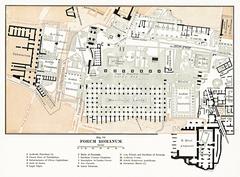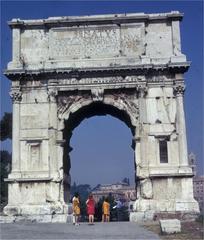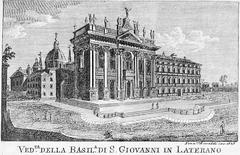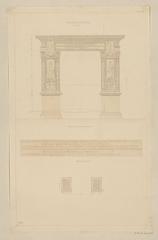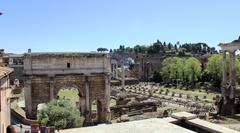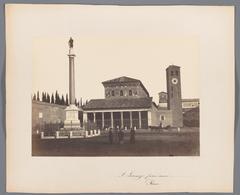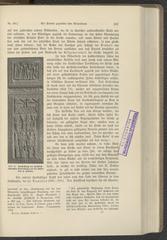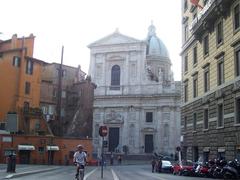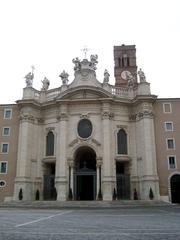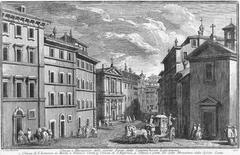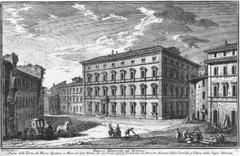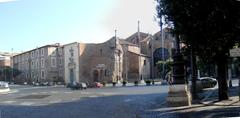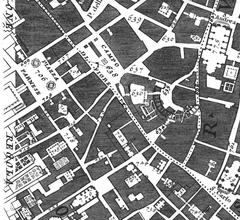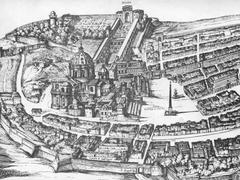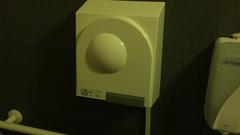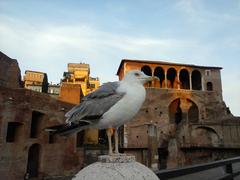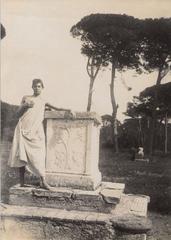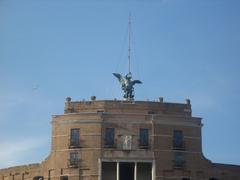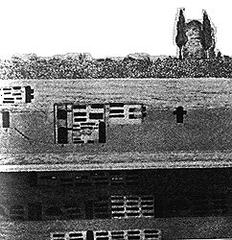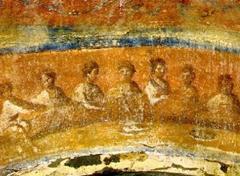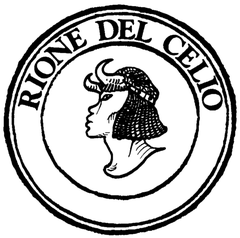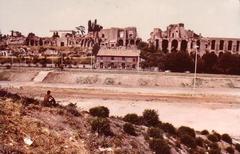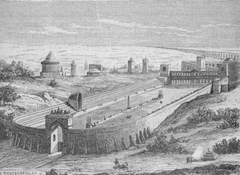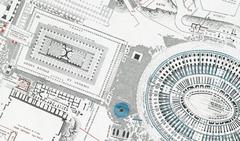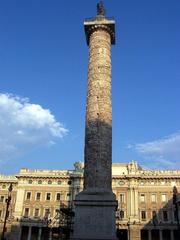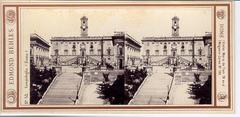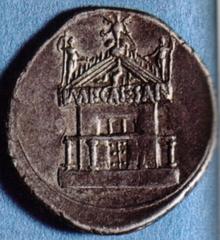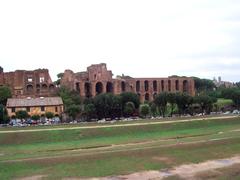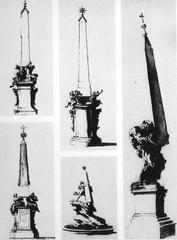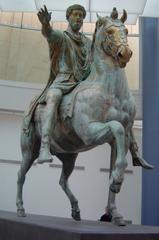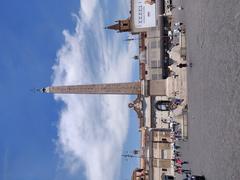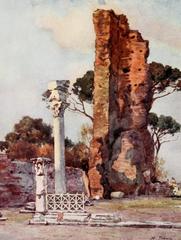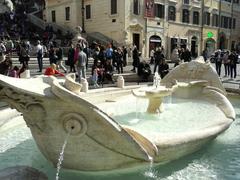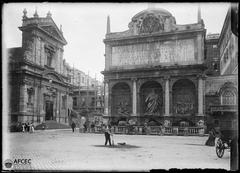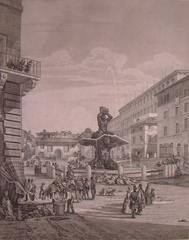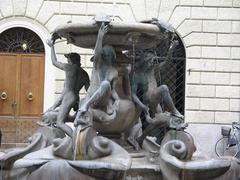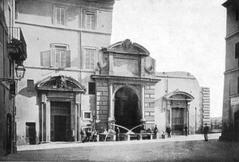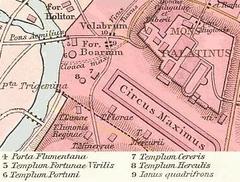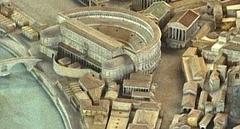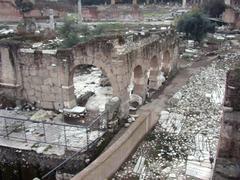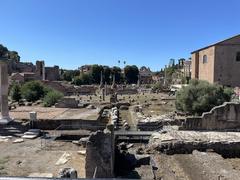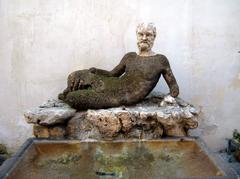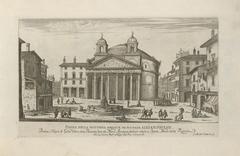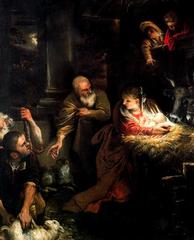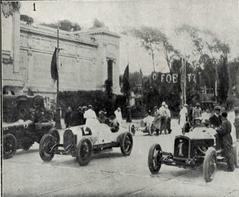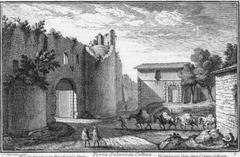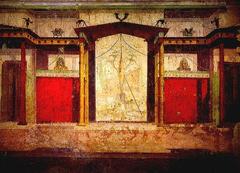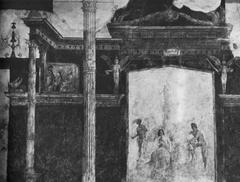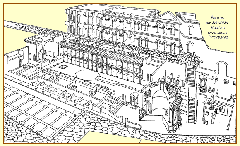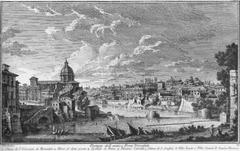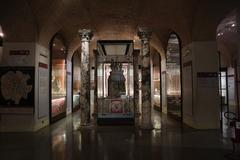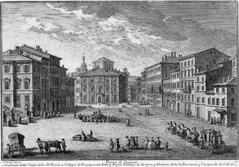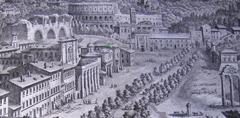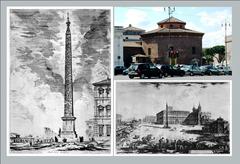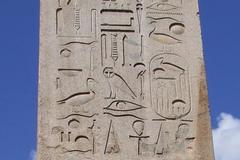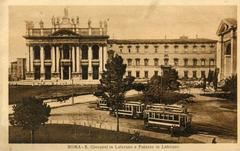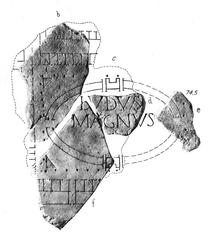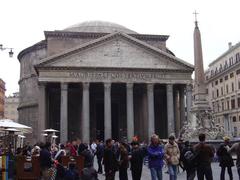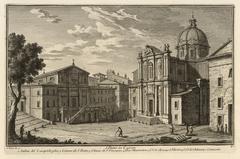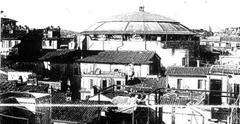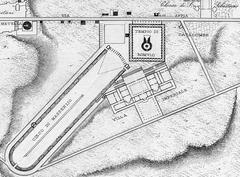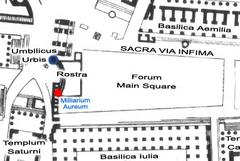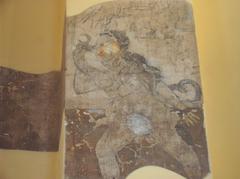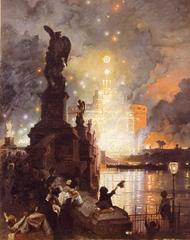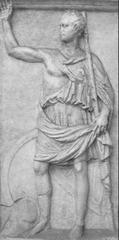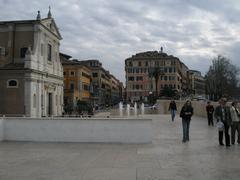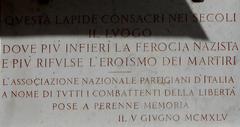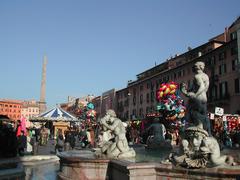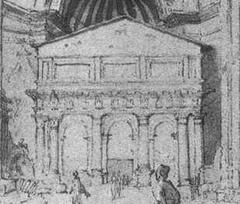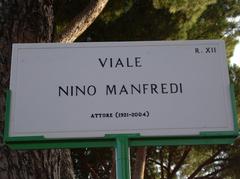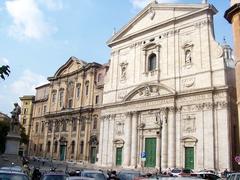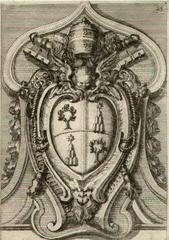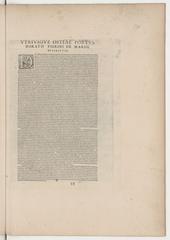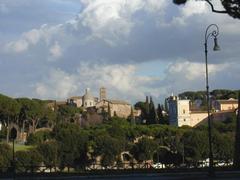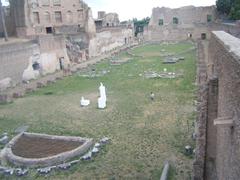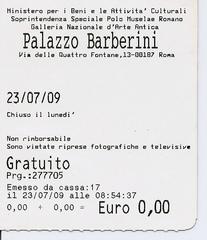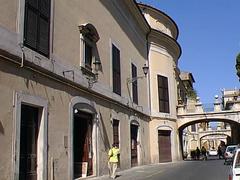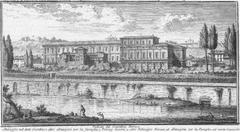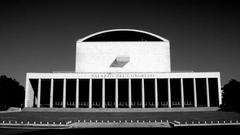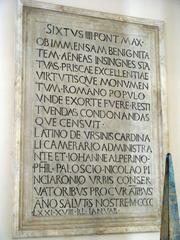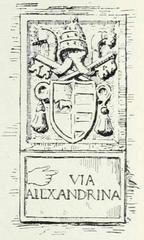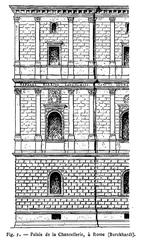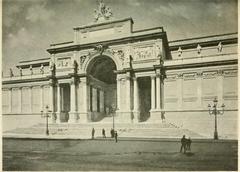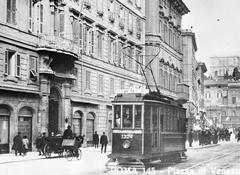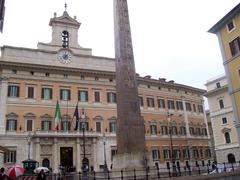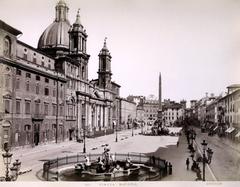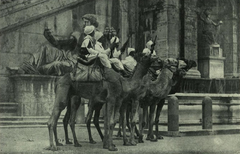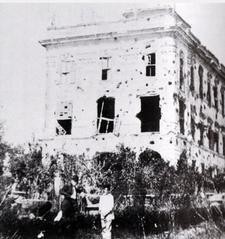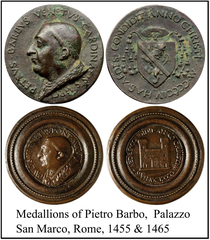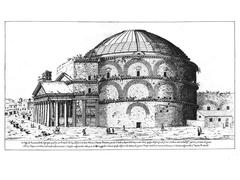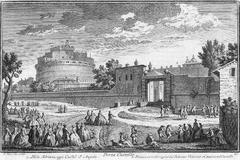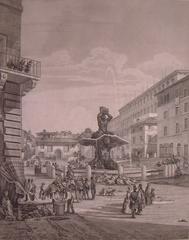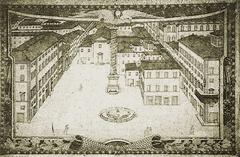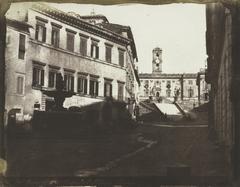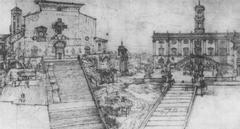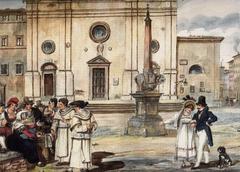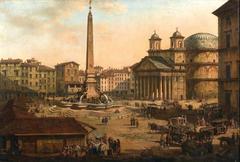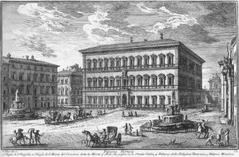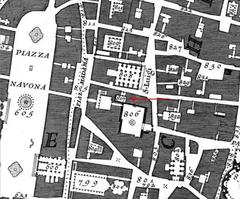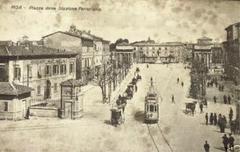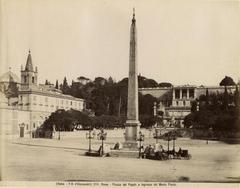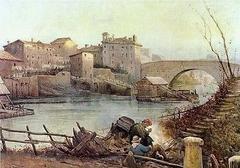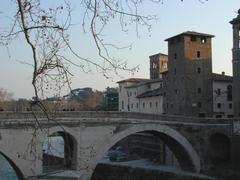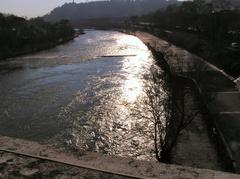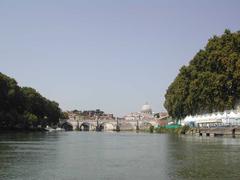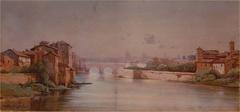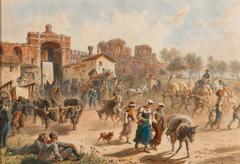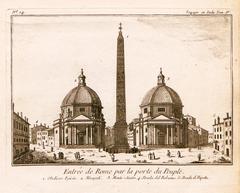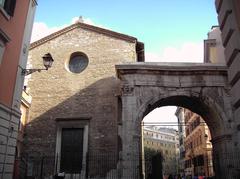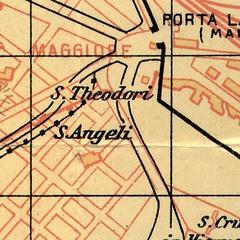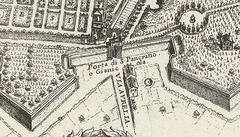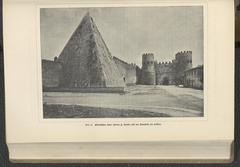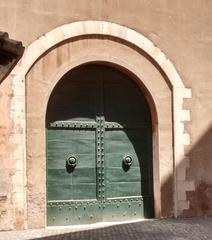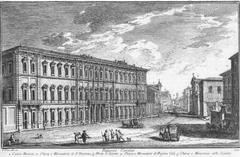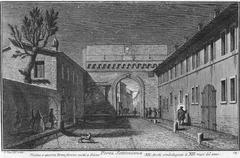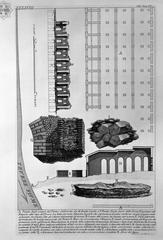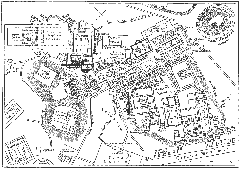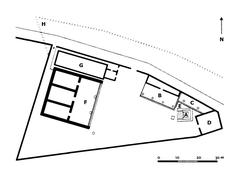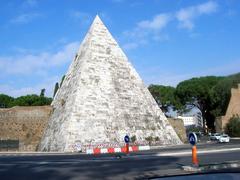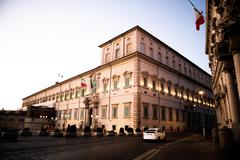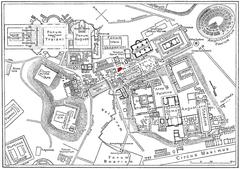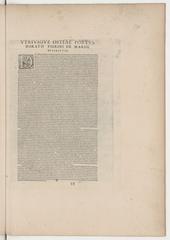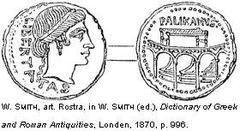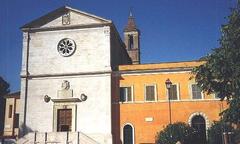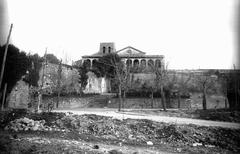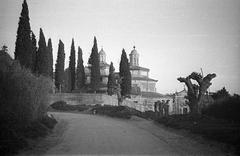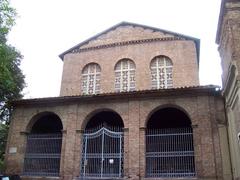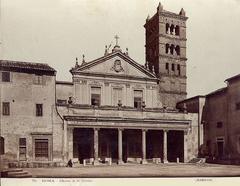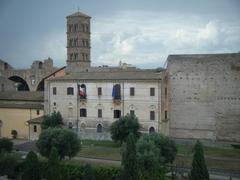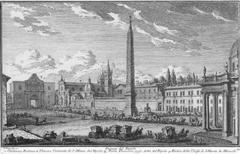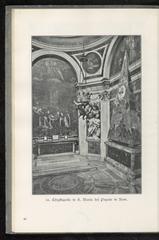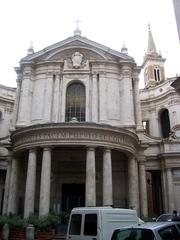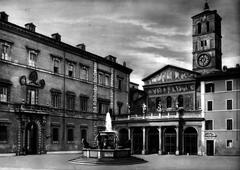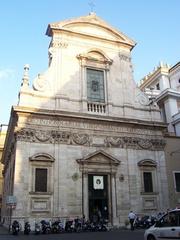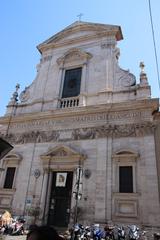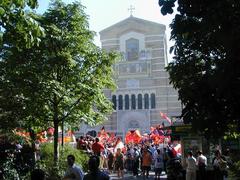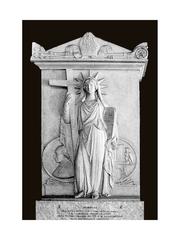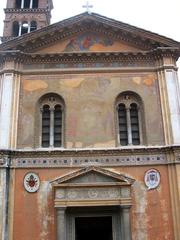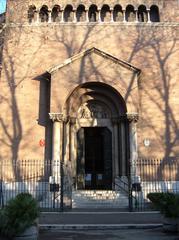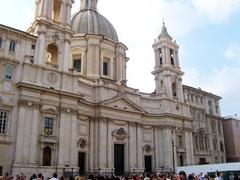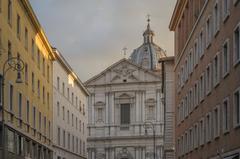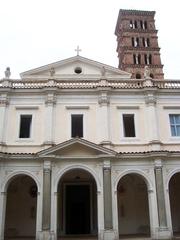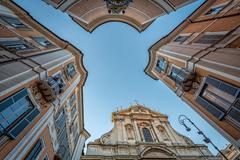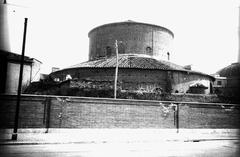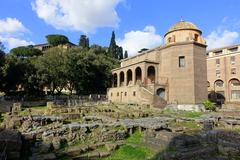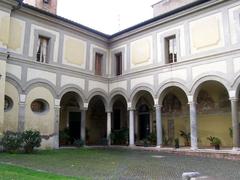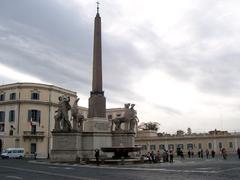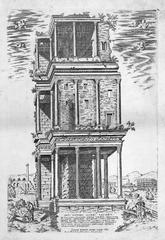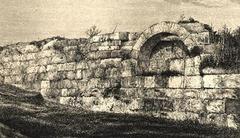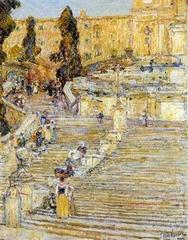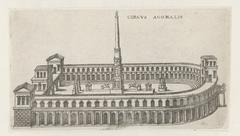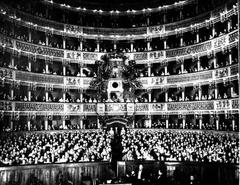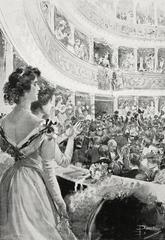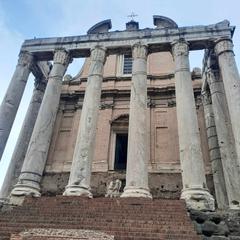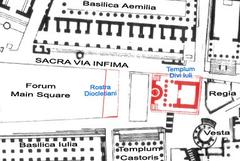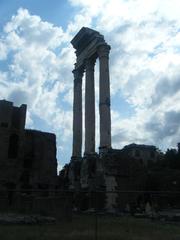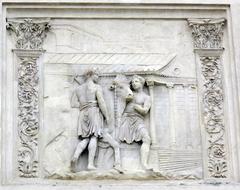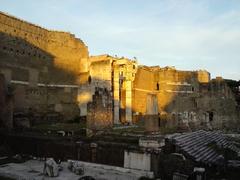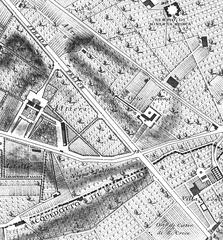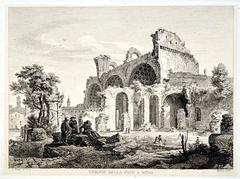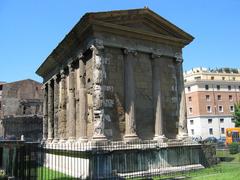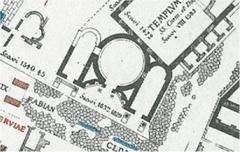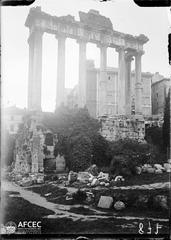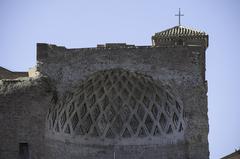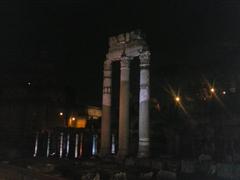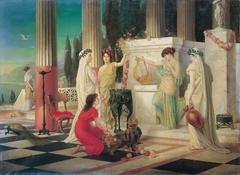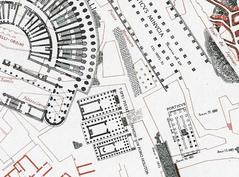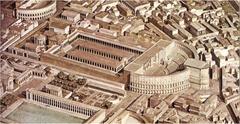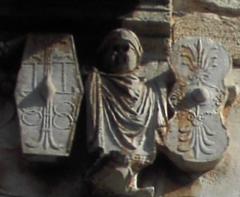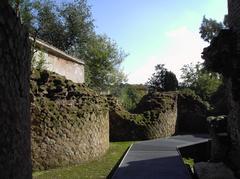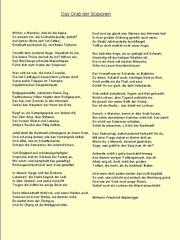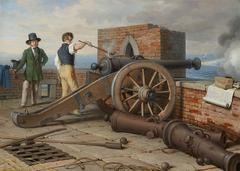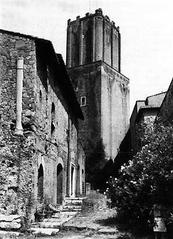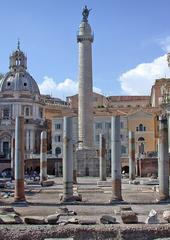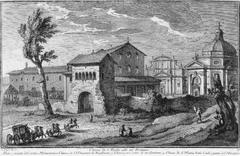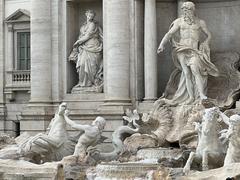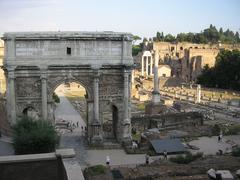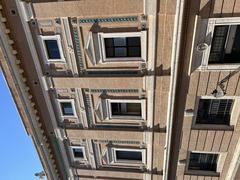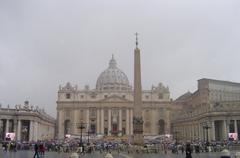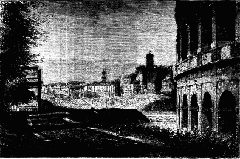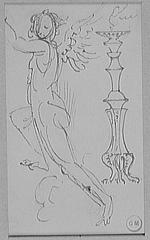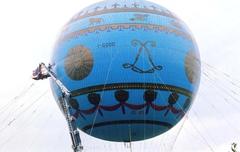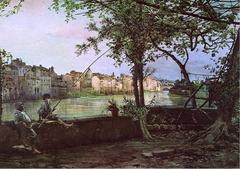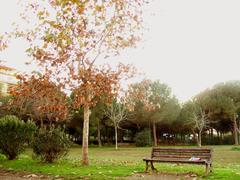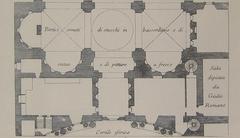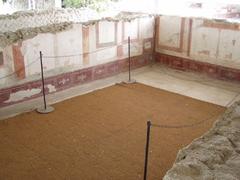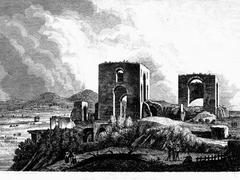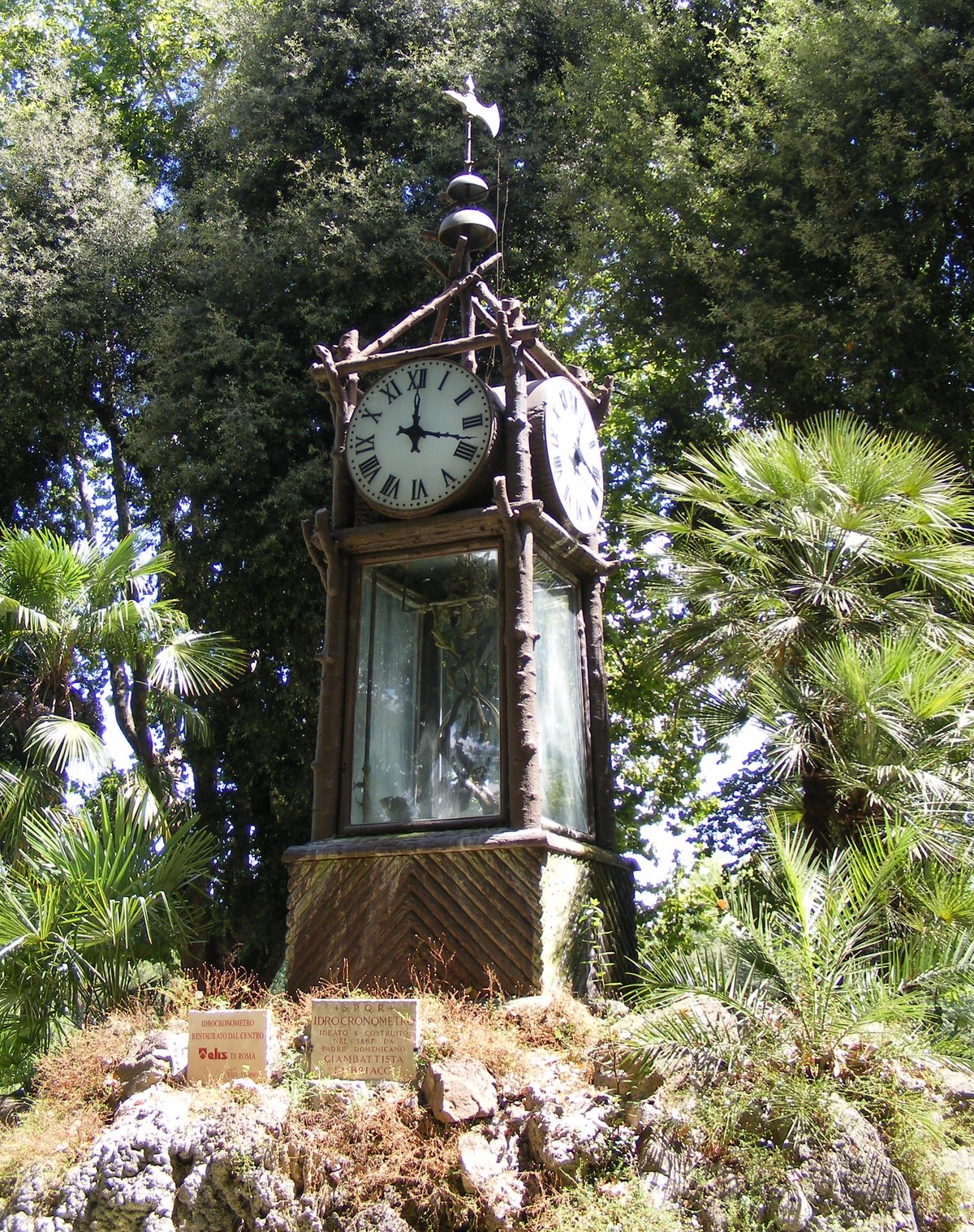
Visiting Hours and Tickets for Orologio ad Acqua del Pincio in Rome
Date: 19/07/2024
Introduction
Nestled in the picturesque Pincio Gardens of Rome, Italy, the Orologio ad acqua del Pincio, or the Pincio Water Clock, stands as a testament to 19th-century engineering and artistic ingenuity. This marvel of horological design was created by Dominican friar and engineer Giovanni Battista Embriaco in 1867 and has since become a beloved landmark in Rome. The clock, which uniquely utilizes water to power its intricate mechanisms, is not only an example of technological innovation but also a symbol of the harmonious blend of nature, art, and science. Visitors from around the world are drawn to the Pincio Gardens to witness this historical timepiece and enjoy the serene beauty of its surroundings. This comprehensive guide provides detailed information on the history, design, visiting hours, ticket prices, and travel tips for making the most of your visit to the Orologio ad acqua del Pincio. Whether you are a history enthusiast, a technology aficionado, or simply a curious traveler, this guide will equip you with all the necessary knowledge to fully appreciate this unique attraction (Romeing, Wanted in Rome).
Table of Contents
- [Introduction](#introductionintroduction)
- [History of Orologio ad acqua del Pincio](#history-of-orologio-ad-acqua-del-pinciohistory-of-orologio-ad-acqua-del-pincio)
- [Origins and Inception](#origins-and-inceptionorigins-and-inception)
- [Design and Mechanism](#design-and-mechanismdesign-and-mechanism)
- [Historical Significance](#historical-significancehistorical-significance)
- [Restoration and Preservation](#restoration-and-preservationrestoration-and-preservation)
- [Visiting Hours and Tickets](#visiting-hours-and-ticketsvisiting-hours-and-tickets)
- [Travel Tips and Nearby Attractions](#travel-tips-and-nearby-attractionstravel-tips-and-nearby-attractions)
- [Travel Tips](#travel-tipstravel-tips)
- [Nearby Attractions](#nearby-attractionsnearby-attractions)
- [Special Events and Guided Tours](#special-events-and-guided-toursspecial-events-and-guided-tours)
- [Special Events](#special-eventsspecial-events)
- [Guided Tours](#guided-toursguided-tours)
- [Photographic Spots](#photographic-spotsphotographic-spots)
- [Cultural Impact](#cultural-impactcultural-impact)
- [Modern-Day Relevance](#modern-day-relevancemodern-day-relevance)
- [FAQ](#faqfaq)
- [Conclusion](#conclusionconclusion)
- [References](#referencesreferences)
History of Orologio ad acqua del Pincio
Origins and Inception
The Orologio ad acqua del Pincio was designed by Giovanni Battista Embriaco in 1867. Embriaco, a professor of physics, presented the clock at the Universal Exposition in Paris in 1867, where it garnered significant attention for its innovative design (Romeing).
Design and Mechanism
The clock’s design is a testament to 19th-century ingenuity, combining natural elements with mechanical precision. It operates using a hydraulic mechanism housed in a wooden case resembling a small temple, situated on a stone pedestal in the middle of a fountain. The water from the fountain powers the clock’s mechanism, which includes a series of gears and weights that regulate the movement of the hands on the clock face (Wanted in Rome).
Historical Significance
The Pincio Water Clock represents a period of technological innovation and the blending of art with science. During the 19th century, there was a growing interest in public timekeeping devices, and the clock was a prime example of this trend. Its placement in the Pincio Gardens made it accessible to the general public, allowing people to marvel at its engineering and aesthetic appeal.
Restoration and Preservation
The Orologio ad acqua del Pincio has undergone several restorations to preserve its functionality and appearance. Notably, in the early 2000s, the clock was meticulously repaired and cleaned to ensure its continued operation. These efforts, spearheaded by the City of Rome, highlight the clock’s importance as a cultural and historical artifact (Il Messaggero).
Visiting Hours and Tickets
Visiting Hours
The Pincio Gardens are generally open from early morning until sunset. Specific visiting hours for the Orologio ad acqua del Pincio may vary, so it is advisable to check ahead of your visit.
Tickets
Entry to the Pincio Gardens and the area where the clock is located is free of charge. No tickets are required.
Travel Tips and Nearby Attractions
Travel Tips
- Wear comfortable shoes, as the Pincio Gardens are vast and have many walking paths.
- Bring a camera to capture the stunning views of Rome from the gardens.
Nearby Attractions
The gardens are close to other historical sites such as the Spanish Steps, the Villa Borghese, and the Piazza del Popolo. Consider visiting these landmarks to make the most of your trip.
Special Events and Guided Tours
Special Events
Occasionally, the Pincio Gardens host cultural events and exhibitions. Check the local event calendar for any special happenings during your visit.
Guided Tours
Guided tours of the Pincio Gardens, including the Orologio ad acqua del Pincio, are available. These tours provide in-depth historical context and interesting anecdotes about the clock and the gardens.
Photographic Spots
The Orologio ad acqua del Pincio is a popular spot for photography due to its unique design and picturesque setting. The surrounding gardens offer a variety of beautiful backdrops for memorable photos.
Cultural Impact
The Pincio Water Clock has been featured in various literary works, films, and artworks, symbolizing the intersection of nature, technology, and time. Its presence in the Pincio Gardens has made it a beloved landmark and a subject of fascination for generations.
Modern-Day Relevance
Today, the Orologio ad acqua del Pincio continues to attract visitors from around the world. It stands as a reminder of Rome’s rich history of innovation and its commitment to preserving cultural heritage. The clock’s unique mechanism and historical significance make it a must-see attraction for anyone visiting the Pincio Gardens (Rome Tourism).
FAQ
What are the visiting hours for the Pincio Water Clock?
The Pincio Gardens are generally open from early morning until sunset, but specific visiting hours for the clock may vary.
How much are tickets for the Orologio ad acqua del Pincio?
Entry to the Pincio Gardens and the area where the clock is located is free of charge.
Where is the Orologio ad acqua del Pincio located?
The clock is located in the Pincio Gardens in Rome, Italy.
Is the Orologio ad acqua del Pincio accessible to visitors with disabilities?
The Pincio Gardens are generally accessible, but it is recommended to check specific accessibility details before visiting.
Conclusion
The Orologio ad acqua del Pincio is far more than just a timekeeping device; it is a captivating embodiment of 19th-century innovation and the timeless allure of Rome’s cultural heritage. From its inception by Giovanni Battista Embriaco to its current status as a cherished landmark, the water clock has continued to fascinate visitors with its unique design and historical significance. The meticulous restorations and ongoing preservation efforts underscore its importance as a cultural artifact. Visiting the Pincio Gardens offers not only the chance to marvel at this engineering marvel but also to explore the surrounding historical and scenic attractions, making it a memorable experience for all. As you plan your visit, keep in mind the practical tips and nearby attractions outlined in this guide to ensure a fulfilling and enjoyable journey. The Pincio Water Clock stands as a testament to Rome’s enduring legacy of blending art, science, and nature, inviting all who visit to reflect on the passage of time and the city’s rich history (Il Messaggero, Rome Tourism).
